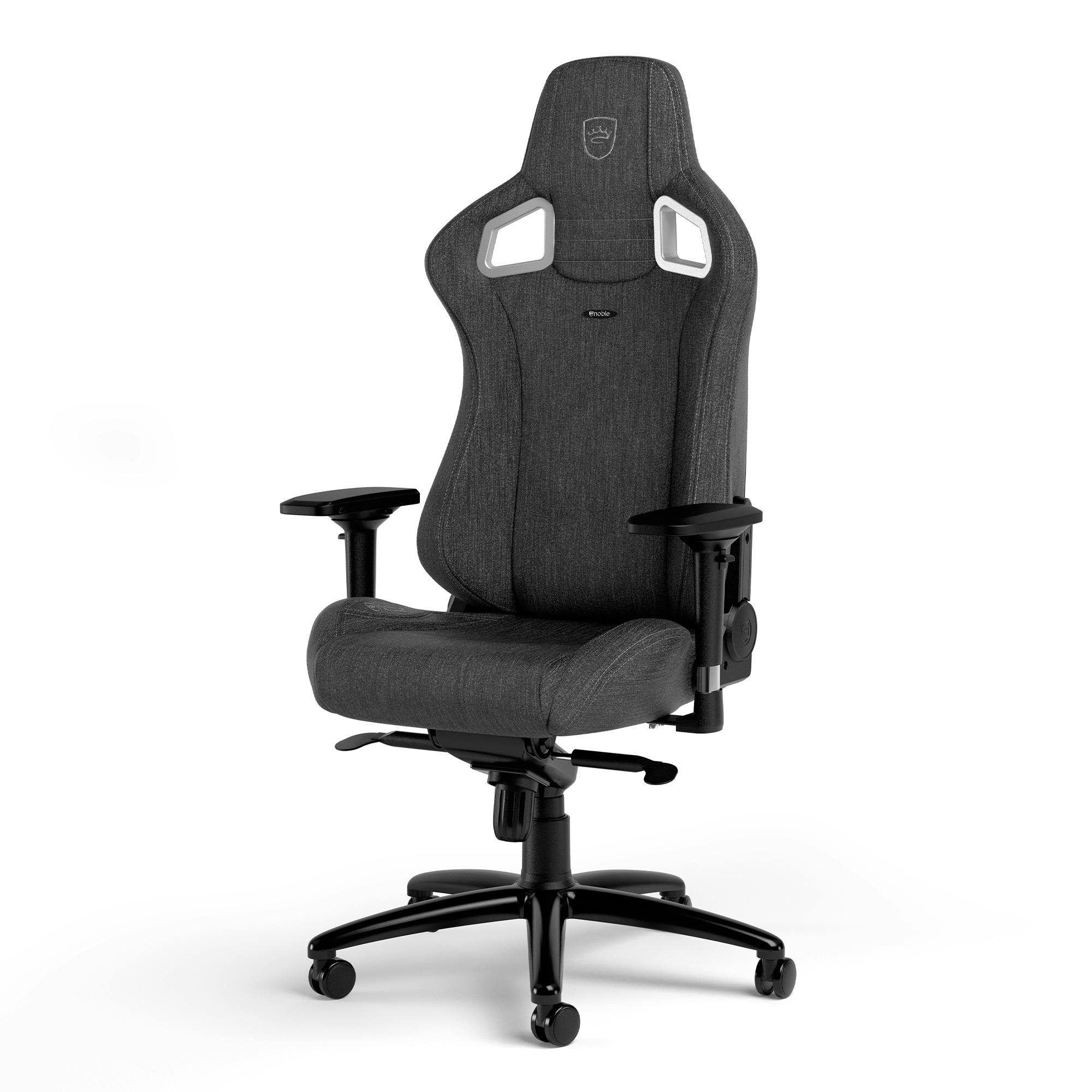The History and Significance of the Noble Chair

The noble chair, a symbol of power, authority, and prestige, has played a pivotal role in human history, evolving alongside societal structures and cultural beliefs. From ancient thrones to modern executive chairs, the noble chair reflects the changing dynamics of power and the evolving definition of leadership.
The Evolution of the Noble Chair, Noble chair epic white
The noble chair has a long and fascinating history, its form and function evolving in response to changing social, political, and technological contexts. Early forms of noble chairs, often crafted from simple materials like wood or stone, were primarily functional, serving as a seat of authority for rulers and religious leaders.
- Ancient Egypt: The “throne,” a grand and elaborate chair, was a symbol of divine power, often decorated with intricate carvings and precious materials. The pharaohs were believed to be descended from the gods, and their thrones reflected their divine status.
- Ancient Greece: The “klismos,” a curved-back chair, became popular during the Classical period, representing elegance and sophistication. The klismos was often used by prominent citizens and was associated with the ideals of beauty and refinement.
- Medieval Europe: During the Middle Ages, the “throne” evolved into a more complex and ornate structure, often incorporating elaborate carvings, tapestries, and precious metals. These thrones served as a symbol of royal power and authority, reflecting the hierarchical nature of medieval society.
- Renaissance and Baroque periods: The Renaissance and Baroque periods witnessed a renewed interest in classical art and architecture, influencing the design of noble chairs. Chairs became more elaborate and decorative, incorporating elements of classical design, such as scrolls, acanthus leaves, and cherubs.
- 18th and 19th centuries: The rise of the middle class and the Industrial Revolution led to a shift in the design and function of chairs. Chairs became more comfortable and practical, reflecting the changing needs and values of society.
- 20th and 21st centuries: The 20th century saw the emergence of modern design principles, characterized by simplicity, functionality, and innovation. Modern noble chairs often incorporate new materials and technologies, reflecting the technological advancements of the modern era.
The Role of the Noble Chair in Art and Literature: Noble Chair Epic White

The noble chair, a symbol of power and status, has transcended its practical function and become a powerful motif in art and literature, captivating artists and writers throughout history. Its presence in various artistic expressions reflects a profound understanding of its symbolism and its ability to convey complex narratives and emotions.
The Noble Chair in Painting
The noble chair’s prominent presence in paintings provides insights into the societal hierarchies and artistic conventions of different eras.
- The depiction of noble chairs in Renaissance paintings often emphasized the power and authority of the sitter. For example, in Leonardo da Vinci’s “Mona Lisa,” the enigmatic sitter rests on a cushioned chair, a symbol of her wealth and social standing. The chair’s ornate design and luxurious materials further highlight her elevated status.
- In Baroque paintings, noble chairs often served as a focal point, drawing the viewer’s attention to the sitter’s importance. The grandeur of the chair, its elaborate carvings, and its strategic placement within the composition reinforced the sitter’s power and influence.
- In the 19th century, the noble chair continued to hold symbolic significance in paintings. Artists like Gustave Courbet and Édouard Manet used chairs to depict the changing social landscape, highlighting the shift in power dynamics and the rise of the middle class.
The Noble Chair in Sculpture
Sculptures featuring noble chairs often highlight the chair’s symbolic weight, emphasizing its association with power, authority, and legacy.
- The throne, a type of noble chair, has been a central motif in sculpture since antiquity. The throne of Pharaoh Tutankhamun, discovered in his tomb, is a testament to the chair’s enduring power as a symbol of royal authority.
- In Renaissance sculpture, the noble chair was often used to elevate the sitter to a position of prominence. Michelangelo’s “David” depicts the biblical hero standing triumphantly on a platform, his posture and the chair’s presence reinforcing his victory and authority.
- In modern sculpture, the noble chair has been reinterpreted, often used to explore themes of power, identity, and the human condition. For example, Louise Bourgeois’ “The Chair” (1997) is a haunting and evocative sculpture that reflects on themes of loss, memory, and the fragility of human existence.
The Noble Chair in Literature
The noble chair has played a significant role in literature, serving as a symbolic object that conveys power, authority, and status.
- In Shakespeare’s plays, the noble chair is often associated with royalty and power. For example, in “Hamlet,” the throne represents the power and authority of the Danish monarchy, while the ghost of Hamlet’s father sits on a throne-like chair, highlighting his past reign and the current state of turmoil.
- In the works of Jane Austen, the noble chair is often used to symbolize social status and wealth. For example, in “Pride and Prejudice,” Mr. Darcy’s grand estate, Pemberley, is furnished with luxurious chairs, reflecting his wealth and social standing.
- In modern literature, the noble chair has been used to explore themes of power, identity, and the human condition. For example, in Gabriel García Márquez’s “One Hundred Years of Solitude,” the chair is a symbol of the patriarch’s authority and the cyclical nature of history.
The “Noble Chair Epic White” evokes a sense of classic elegance, its stark white finish a testament to timeless design. While its solitary presence commands attention, it begs for companionship, a sentiment echoed by the coffee chair and table set that completes a space.
Perhaps a set in a contrasting wood tone would enhance the chair’s striking simplicity, creating a dynamic conversation between modern and traditional aesthetics.
The “Noble Chair Epic White” boasts a timeless elegance, offering a touch of sophistication to any space. While its single-seat design might be ideal for a cozy nook, for larger gatherings, a patio bench and chair set provides a more communal atmosphere.
However, the “Noble Chair Epic White” retains its charm, adding a touch of refined simplicity to any setting, whether a private balcony or a bustling outdoor party.
